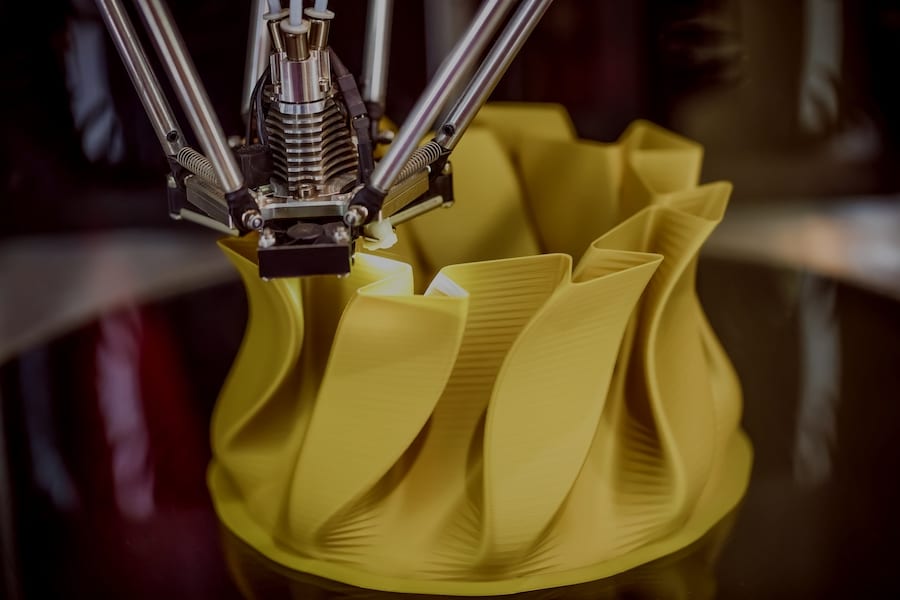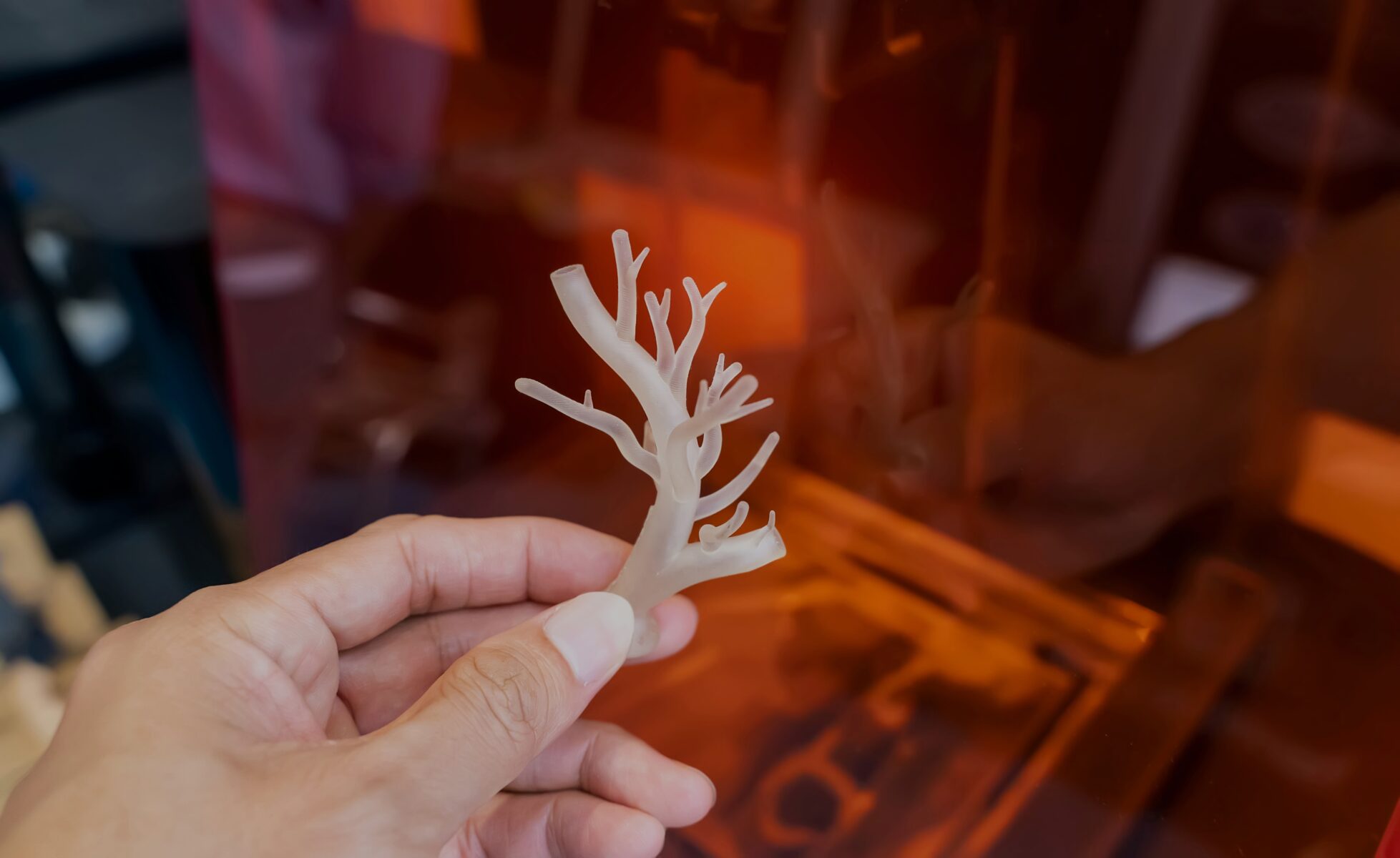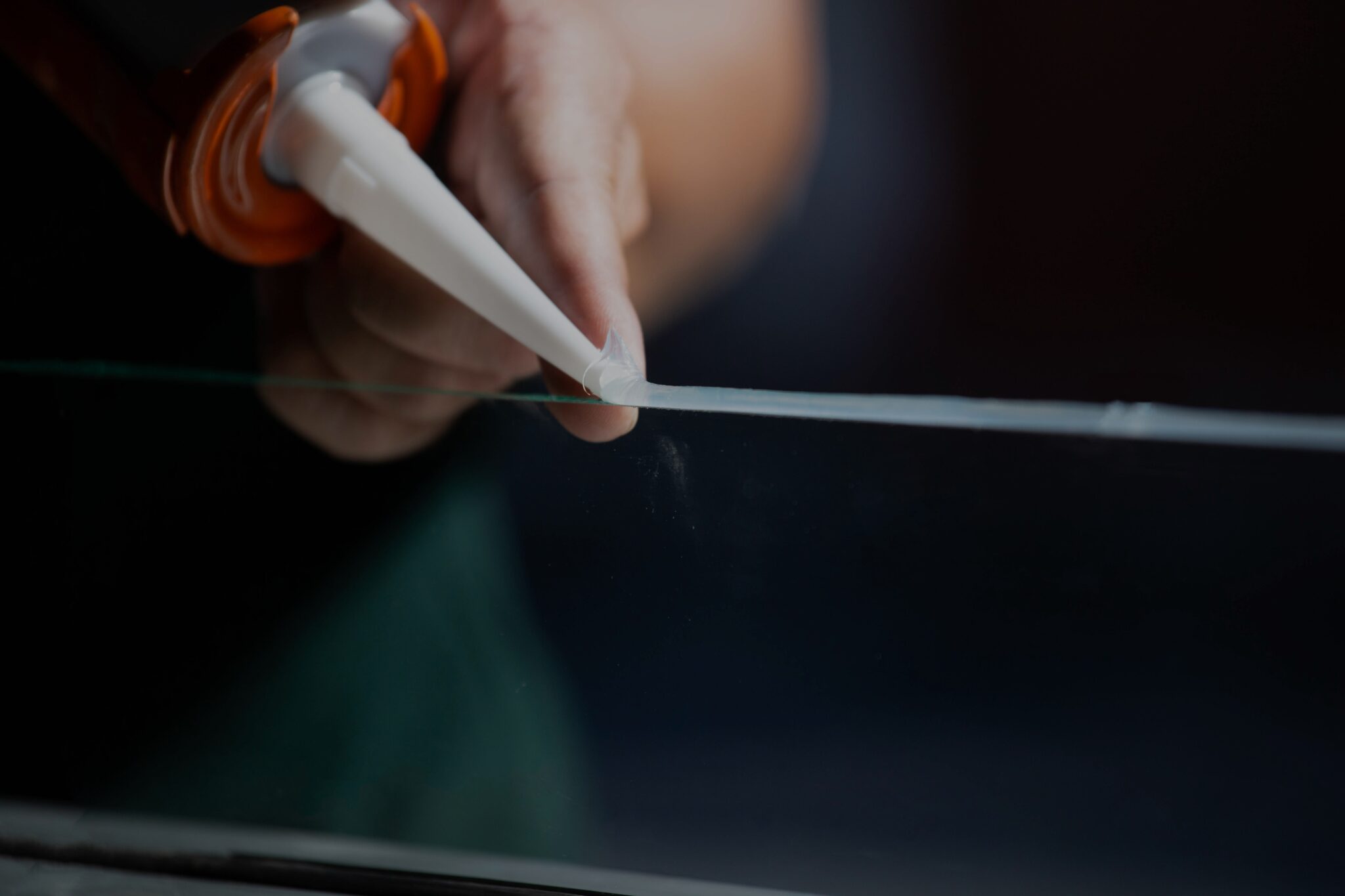Breaking Down the Costs of 3D Printing
Published on July 29, 2021
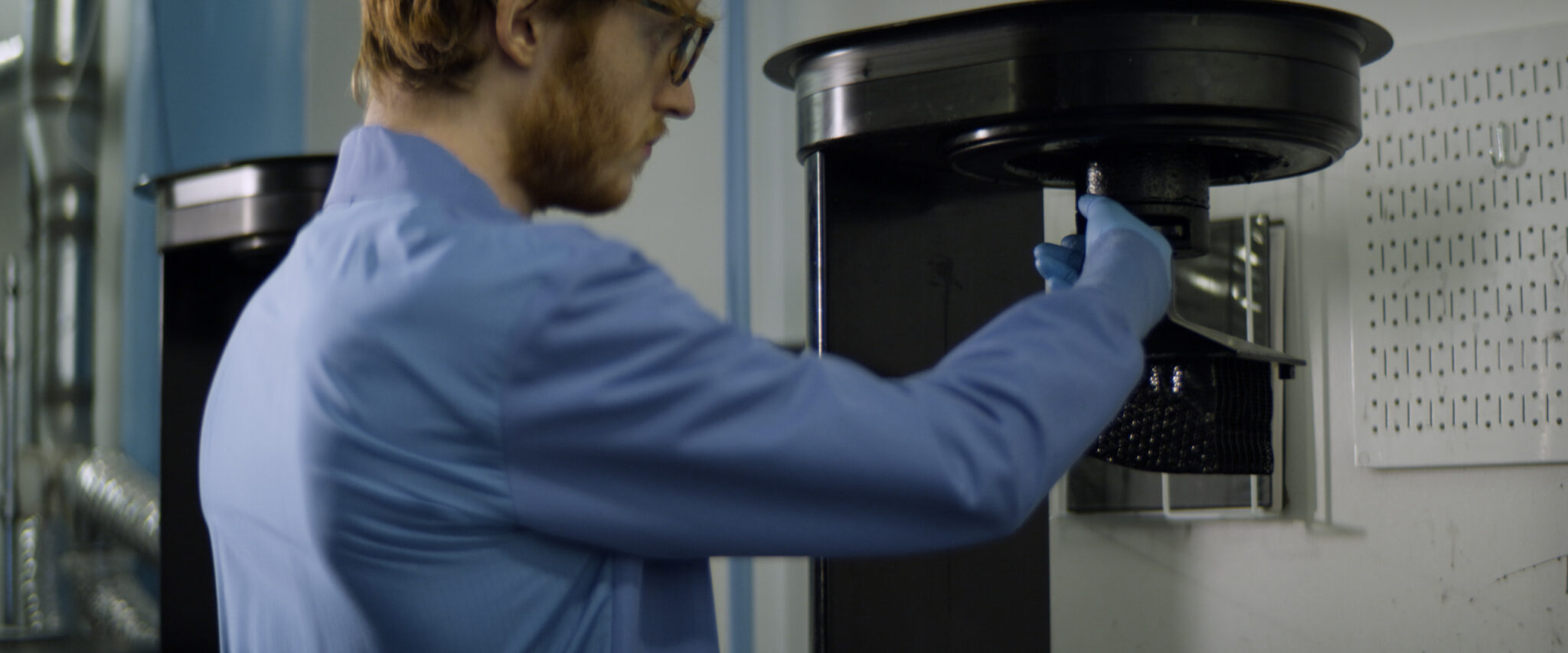
Originally published on fastradius.com on July 29, 2021
If you ask a 3D printing manufacturer, “how much does it cost to 3D print a part?” the answer will most likely be “it depends.” The manufacturer isn’t trying to be mysterious — there are many different factors that go into generating an accurate quote. This article will shed some light on the elements that can impact the cost of your 3D printed parts to help you make smarter, cost-saving decisions before you start production. Here are some of the major cost drivers in 3D printing.
Part volumes and nestability
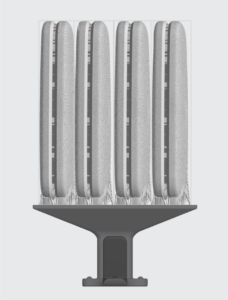
For instance, if your total print volume is eight pieces, being able to fit four nested parts onto the build tray instead of three means you can produce your parts in two prints instead of three prints. This saves the cost of a full print cycle and reduces the overall cost per part. Making larger quantities of parts often drives down the cost per part as well due to basic economies of scale.
Large-format 3D printers — such as the Carbon L1 machine — have larger build trays, so they can print larger parts, which essentially allows you to produce fewer parts more affordably because you can reduce the number of parts in an assembly. Printing larger parts also reduces the number of breakpoints in the final assembly. Plus, larger build trays mean you can potentially drive down the cost by nesting more parts per print.
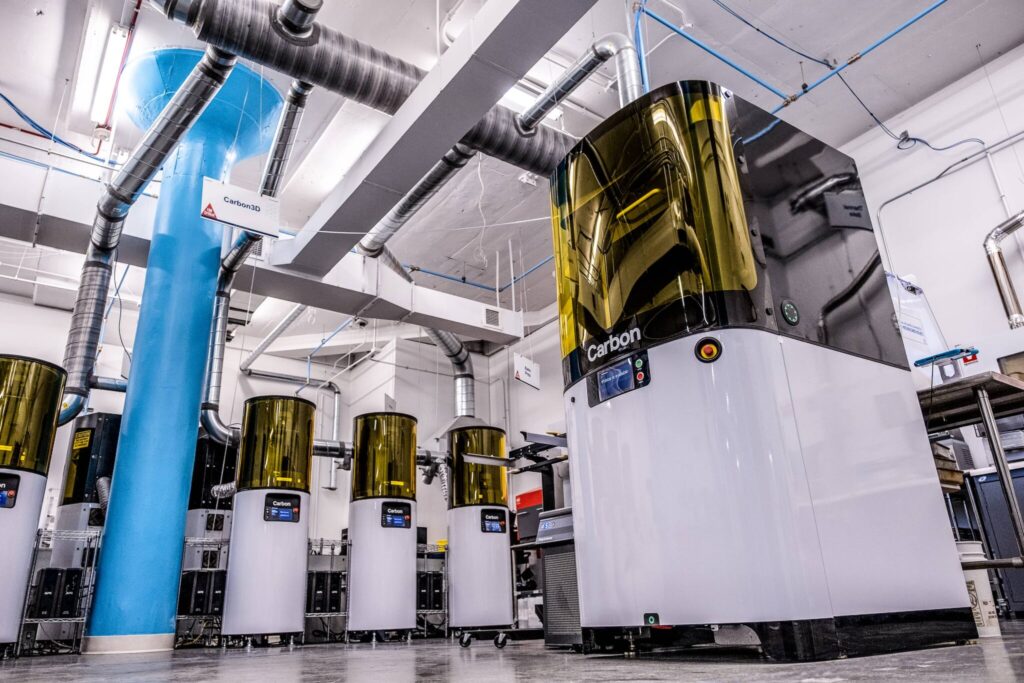
Material selection
Your material choice will also impact your overall production costs. Thermoplastic filaments like ABS, PLA, and other very common 3D printing materials are typically less expensive and a good choice for creating many parts at lower costs. You can sometimes save cost by prototyping and testing in a cheaper material and switching to a performance-grade material for final production.
Part geometry
Parts with solid volumes or thick cross-sections not only require more material but can also slow down the printing process. As a result, your part will require more post-processing, which can drive up costs and lead to poor outcomes. One reason for this is that large, uninterrupted blocks of material disrupt opportunities for the resin to refresh and refill under the part between each slice, which can lead to expensive failures like sink marks, caves, or valleys. Typically, the easiest solution is to find an appropriate lattice (more on these below) to reduce the thickness of that cross-section or uninterrupted area.
Lattices
Lattices have a wide range of potential applications — from elastomeric industrial grippers to shoe soles — while also offering noteworthy cost-saving benefits. Lattices are a fairly straightforward way to reduce costs through both decreased material usage and shorter print times. For example, using a lattice design in the center of a part not only improves the likelihood of a successful print but also uses significantly less material. This can reduce your material costs by up to 50 percent for some applications.
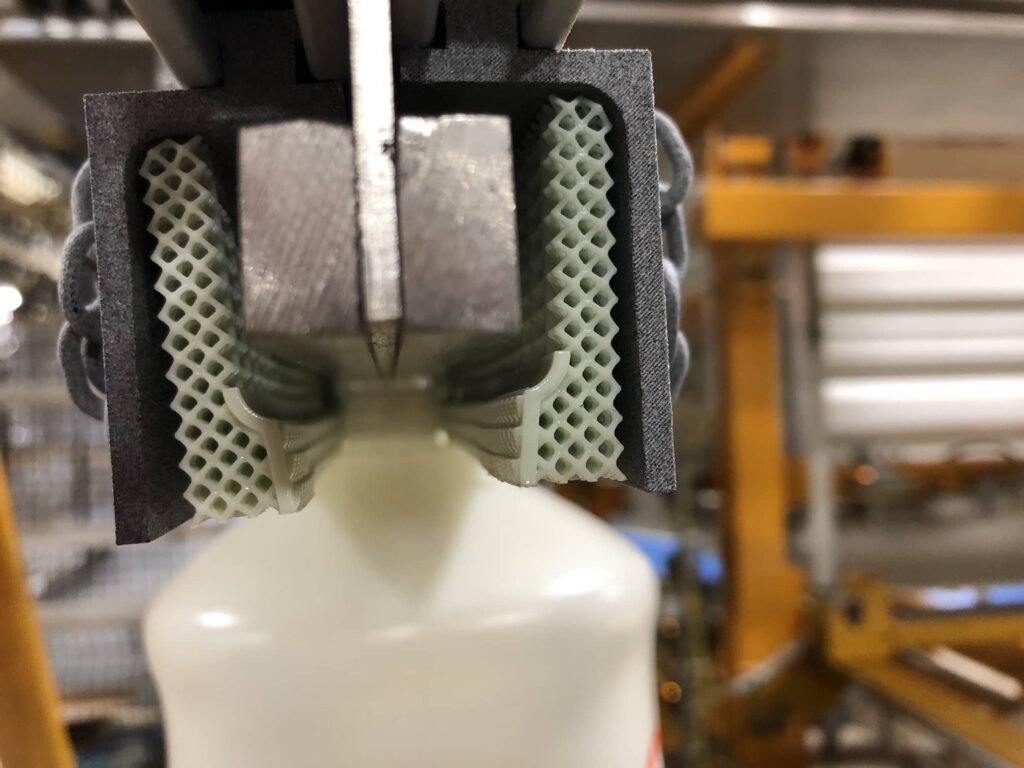
Print times
Manufacturers can reduce the amount of time the part spends on the printer in order to reduce the cost of production. One of the best ways to do this is by removing trapped volumes or vacuum-forming areas from the part design. These can disrupt the printing process and produce poor outcomes. Our automated design checks can help you determine if your part design has these issues, and our expert engineers can help you redesign to avoid failures. Carbon machines can also automatically detect when vacuums are beginning to form in internal voids during the print process and adjust their print speed to compensate.
Post-processing
3D printing isn’t an instant process. Depending on the process you use, parts may require some degree of post-processing to remove support material. Support structures increase the part cost, so reducing the number of supported surfaces can help reduce the amount of time and labor required in post-production.
One way to do this is by avoiding overhangs above certain critical angles that will require support structures to make sure the part forms correctly. For many printers, the cutoff is 45-degrees, but Carbon printers can get close to horizontal with some materials. In some instances, splitting your part into smaller components that require no support structures may prove more efficient, though assembly time and costs will need to be accounted for.
Keep the cost of 3D printing low with SyBridge
The cost of 3D print jobs is affected by a number of factors, including part volume, nestability, design, thickness, incorporation of lattices, support structures, and more. The good news is that most of these cost factors are within the control of designers, and the best way to keep printing costs down during production is to account for them during the design phase. A seasoned additive manufacturing partner can easily help you design with costs in mind.
At SyBridge, our engineers are experienced in helping product teams refine their designs to produce superior parts more affordably. To learn more about how our 3D printing services can help you reduce costs, contact us today.

